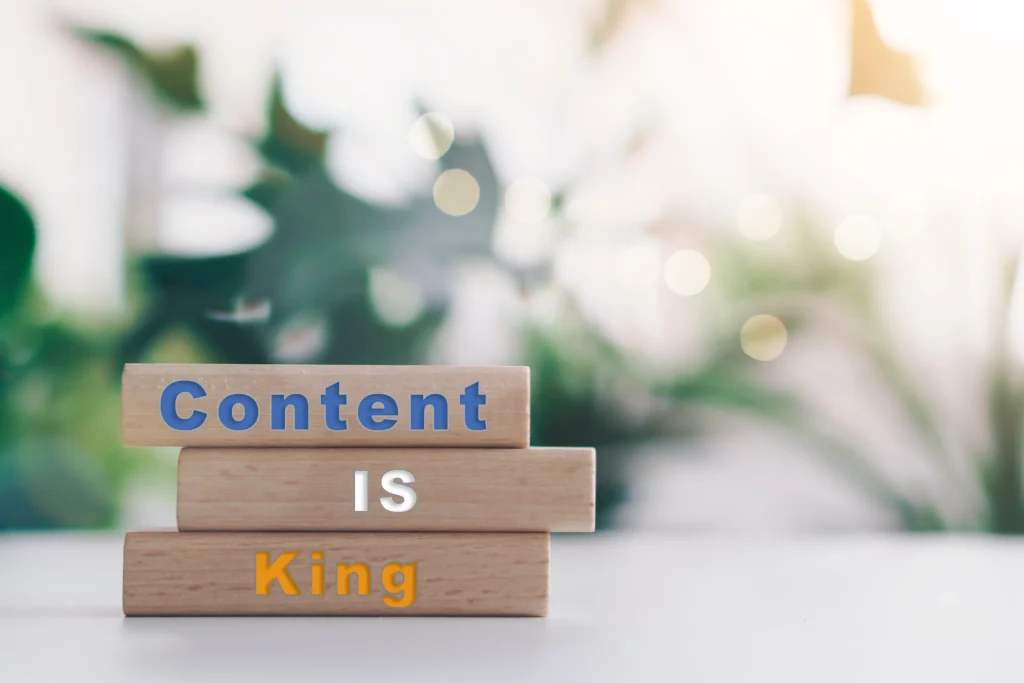Table of Contents
Introduction

In the digital world, a well-designed website is akin to the storefront of a brick-and-mortar store. It’s the first impression you make on your customers, the gateway to your business. But did you know that web design has a profound impact on your Search Engine Optimization (SEO) efforts as well? The effects of web design on SEO are numerous and can either uplift or damage your online visibility.
User Experience and SEO
User Experience (UX) is an essential factor in web design, but it also plays a vital role in SEO. Websites that offer seamless navigation, readable content, and an engaging layout often see higher user engagement. Search engines like Google value these metrics, including time spent on the site and the bounce rate, to determine the quality of a website. Thus, a design that enhances UX can significantly improve your site’s SEO.
Mobile-Friendly Design

Today, more than half of global web traffic comes from mobile devices. Google, acknowledging this trend, introduced mobile-first indexing. This means Google predominantly uses the mobile version of the content for indexing and ranking. Hence, a mobile-friendly design is no longer optional; it’s a necessity for good SEO.
Mobile-friendly design includes factors like responsive design, easy-to-click elements, readable text without zooming, and fast loading times on mobile devices. These factors not only offer a better user experience but also improve your SEO rankings.
Website Speed and Performance
Website loading speed is a confirmed ranking factor by Google. A slow-loading website results in a poor user experience and can hurt your SEO efforts. Good web design is optimized for performance, ensuring fast loading times.
Factors affecting website speed include server performance, image size, website code efficiency, and more. By optimizing these factors through efficient design, you can improve your website speed and thus, your search engine rankings.
Proper Use of Headers
Headers, while primarily a design element, also significantly impact SEO. A well-structured website with clear headers and sub headers makes it easy for users to navigate your content. But it also makes it easier for search engines to understand your content.
Headers should follow a logical hierarchy (H1 for title, H2 for main headings, H3 for subheadings, etc.) with relevant keywords included. This strategy not only improves readability but also positively impacts SEO by making content digestible for search engine crawlers.
High-Quality Content

Content is king in SEO, but how you present it is equally important. High-quality content that’s buried under a poor design won’t reach its audience. It’s essential to structure content in a way that’s visually appealing and easy to navigate.
Good web design showcases content in an inviting way, encouraging users to engage with it. Using images and videos, breaking text into digestible chunks, and using bulleted lists are just some of the ways good web design can enhance content readability and therefore, SEO.
Conclusion
The impact of web design on SEO is profound. A well-designed website that focuses on user experience, mobile-friendly design, website speed, effective use of headers, and well-presented content can significantly boost your SEO efforts.
Understanding the symbiotic relationship between web design and SEO is crucial for any business aiming for online success. By prioritizing both elements, businesses can create a more accessible, engaging website that ranks high in search engine results, attracting more traffic and, ultimately, driving more conversions.
While SEO can be a complex field with various aspects to consider, starting with an SEO-optimized web design will lay a strong foundation for all your future efforts. Working hand-in-hand with web designers and SEO experts can ensure that your website is not only visually appealing but also optimized for search engine visibility.
From user experience to the mobile-first approach, website speed, correct usage of headers, and presentation of high-quality content, every design element contributes to the overall SEO of your website. By leveraging these design aspects, you can make your website more attractive to both users and search engines.
In a world that becomes more digital by the day, the role of web design in SEO is only set to increase. As search engine algorithms continue to evolve and place more emphasis on user experience, a well-designed website will be more important than ever for SEO. Thus, when it comes to designing or redesigning your website, keep SEO at the forefront of your strategy.
So remember, don’t just design for aesthetics. Design with SEO in mind. Your search engine rankings, website traffic, and conversion rates will thank you. In the end, a strong web design is not just about how your website looks, but also about how it performs in search engine results. And understanding the impact of web design on SEO is the first step towards optimizing your website for better visibility and reach. Check out our web design services to help your business stand above the rest!







